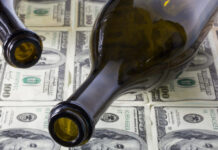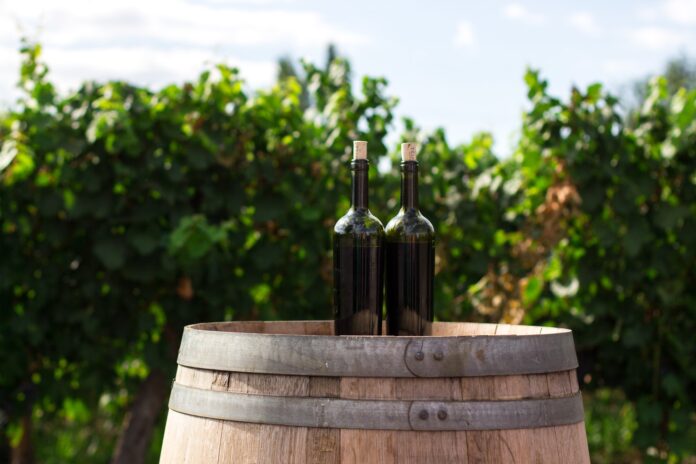
Wine: It is everybody’s favorite reason to get antioxidants and contribute to their heart. It is the classic pair for any dinner. Meant to be enjoyed, oft-studied, and frequently misunderstood, wine is the bridge that connects us to thousands of years of tradition and refinement. We like to look at wine and, for some reason, put it on a pedestal higher than other fermented alcohol. But it is not all fancy-talk and notes. Wine is for everybody. Wine is fun. Wine is anything and everything you want it to be. But before it even gets to the bottle, it has to ferment. Here, we’ll explore the processes and origins of one of the most popular ferments on earth. We’ll dispel some rumors and maybe even teach you a thing or two along the way.
The Simple Formula
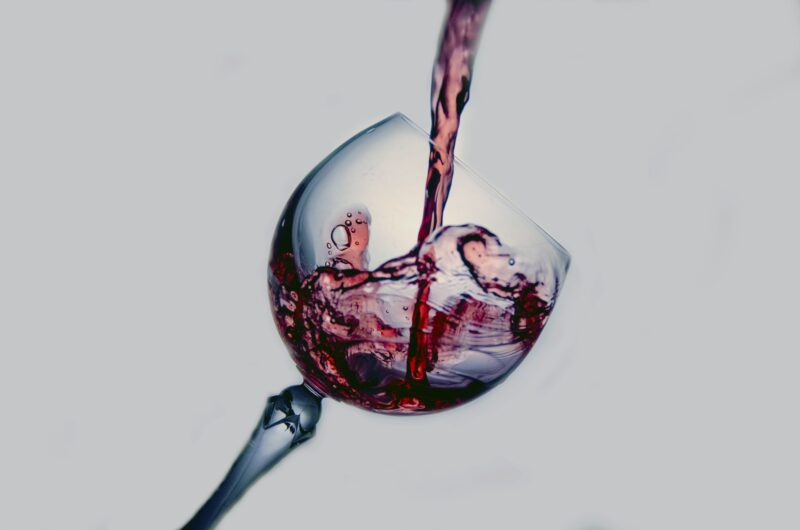
Ultimately, wine is fermented grape juice. You can call it whatever you want. You can add names and origins to the thing. It’s fermented grape juice. Does that take away the majesty and the prestige from the price tag? We certainly hope not! It deserves every bit of praise. Why? It takes a lot of time and energy to get grape juice to ferment the right way. The good folks at Gutsy Ferments explained that with one wrong move, you’ll get a completely different product. You have vinegar. So to get the process to that sweet spot, you need to follow a formula. The formula itself is: yeast + sugar + time = ferment. The details though are a little bit more complicated.
Grapes
Wine grapes are different from regular grapes that you get in the store. What you get at the local market are called table grapes. They’re meant to be eaten fresh, right from the stem. Wine grapes, on the other hand, have larger seeds and have thicker skin. Somewhat paradoxically, wine grapes are a lot sweeter. Table grapes are just as much about refreshment and pleasing textures than sweetness. Wine grapes are bombs of glucose and sucrose. This is what makes them ideal for fermentation. You’re not going to get much better out of fermenting table grapes.
It’s a Must
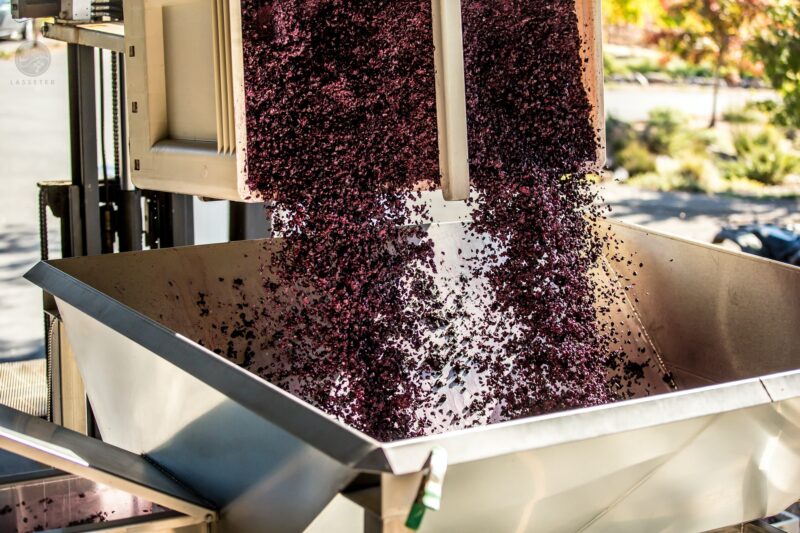
Once the wine grapes are selected, they’re picked through and the rotten ones are tossed out. The stems are also removed. They’re washed thoroughly, multiple times to get any kind of residue off. Winemakers use freshly sanitized equipment to ensure there’s no contamination. Any time there’s sugar, you can expect hungry bacteria and fungi waiting to ruin a batch. Once the grapes are washed, they crush them. Crushing with clean hands is fine. Stomping on the grapes, in all its old-world charm, may not seem like the most hygienic. But according to tradition, it is acceptable and up to the winemakers. The mushy, mashed up grape is called a Must. Most modern professionals use an industrial fruit press to save time and increase productivity.
Add The Yeast!
Next, they add wine yeast. This is where the magic starts to happen. Stirring in the yeast is what jump-starts the whole process. The moisture and the pH of the must activate the live creatures and sends them to a feeding frenzy. It’s like if you were starving after sleeping all day, and you woke up with a feast next to your bed. That’s how the yeast feel. Quick factoid, organic wines are usually only fermented with wild yeasts that are native to the area itself. They’re not store-bought. They’re locally cultivated using the techniques of the locale. That’s what makes organic wine a bit pricier and more sought-after. There’s an authenticity factor added to the whole mix, which is cool.
Initial fermentation
So when they add the yeast, it’s off to the races, right? Well, this is done in a primary fermentation container. Larger operations used a fancy sterile vat, some people use less-fancy sterile buckets. Either way, they’re covered and allowed to ferment for a little over a week. This is the primary ferment. This leads to the development of froth at the top of the mixture and a collection of solids at the bottom. After around 10 days, the fermented juice is run through a funnel for a secondary fermentation process.
Clarification
The second process is called clarification. After the initial 10 days or so, the alcohol content in the wine is about 10%. This is the sweet wine. At around 15 percent, the yeast starts to die. The alcoholic byproduct of fermentation is, paradoxically, a toxic environment for the live yeast. So 15% is where the multiplication stops, and they start to die off. This alcoholic mixture is filtered and stored in another tank or a barrel. Sometimes winemakers add other substances that bind solids and force them to the bottom.
Age
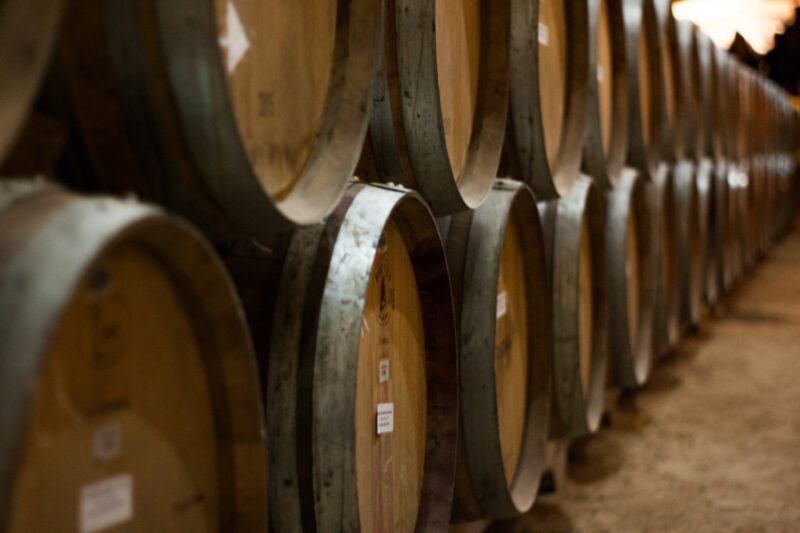
Once the wine is “clarified” you can age it. You put the wine in a bottle and let it sit. Of course, a bottle isn’t totally necessary. Some winemakers use clay pots, other barrels, ceramic tanks, etc. Whatever it is that gets them an edge flavor-wise they’ll do. After at least a year for reds and about six months for whites, it’s finally considered “done”. You can give it a taste with confidence.
A lot of companies try to cut corners in this process. That’s not necessarily a bad thing. It depends on what the product is about. With the mass market and insatiable thirst for the wine we see now, the common table wine is often a sped-up process with tannins and additional flavors thrown in from a focus group’s suggestion. People who have a passion for fermenting, on the other hand, don’t like to cut these corners. When you buy a small batch or mom-and-pop product, it has the touch and feel of care. That’s what you’re paying for, and it reflects in the product. It’s almost a cliché to say “support the little guy”. In this case, it’s true. There are multiple fake small-batch operations owned by massive corporations. True fermentors stay afloat and thrive through people like you. Show them some love.



